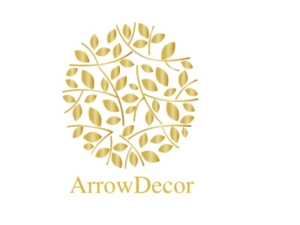Are you an importer targeting the American or European markets? Here’s what you need to know.
Product compliance means that a product meets the rules and regulations on the following;
· Its composition
· Production process
· Quality.
How to ensure that a product is compliant? Follow this checklist to ensure product compliance.
1. Safety
Above everything else, your product needs to be safe to use. Selling a harmful product leads to recalling the product and a fine. As a reseller, you need to go the extra mile to ensure the product’s safety. Check that whichever way your customers use your product does not cause any harm.
2. Regulations.
The EU and the US have regulations set on imports crossing their borders. To learn those regulations, you have two alternatives:
One way is to do thorough research on online platforms such as the EU Trade Helpdesk database for EU regulations.
Look for US regulations in:
· ASTM International (American Society for Testing and Materials),
· CPSC (Consumer Product Safety Commission),
· And the CA Prop 65 California.
You have to look through different sites because no one single body handles all regulations.
The other alternative is to hire a specialized consultant. A consultant is your best bet at determining the right regulations for your products. You can hire a consultant on the ComplianceGate website. This site will connect you with a product compliance specialist.
After determining the relevant requirements, forward these details to your supplier. Never assume that the suppliers know these requirements; they don’t. No matter if the supplier supplies to your market, do your homework. If you ended up reselling defective or low-quality products, you would bear the burden.
Some of the regulations to adhere to include;
· Packaging Requirements; defines the packaging used, its composition, and re-usability.
· Labeling Rules; including proper labelling on the external package that corresponds to the packing list. Important labels include:
· The manufacturer’s name and logo.
· The size and quantity of the product.
· Caution signs.
· The country of origin (e.g., Made in China).
· Testing Requirements: the supplier can issue you with a lab test report on request. You can also hire an accredited laboratory to do the testing.
· The CE and FCC Markings.
· Chemical Regulations. Pay attention to chemical restrictions on REACH (Registration, Evaluation, Authorization, and Restriction of Chemicals) for the EU market, and ATSM (American Society for Testing and Materials) for the American market.
3. Documentation
There are two types of documents; self-developed and third-party issued documents. The self-developed documents are those you create for your imported product. They include;
· Declaration of Conformity. Authorities will always ask for this one. You develop it yourself. It includes:
· Business details like name and address.
· Product details and image.
· Responsibility statement.
· Date of declaration, and signature.
· Other documents include;
· Risk assessment file.
· CE label file.
· Applied standards file, and more.
There are online platforms that will help you develop the necessary documents like ProductIP and Ce-check.eu.
· Third-party issued documents are test reports issued by inspection companies and lab test reports. Go for accredited inspection companies like SGS to conduct the quality inspection.
4. Labeling
Ensure that your package’s labelling is correct and in English. Some things authorities check in the labels include:
· Consistency of packaging information with the actual product.
· CE and FCC labels
· Product SKU
· The country of origin label.
5. Testing
Laboratory tests are an excellent way to ensure compliance. Suppliers usually have the lab test reports ready; but, if a supplier issues a test report older than 2 years, you will need a new test.
Quality inspection is a necessary part of product compliance. Do the assessment when the order is 80% complete. A more effective way is to do the review in different stages of the product’s development. Have a list of your requirements ready for the quality inspection. If you or your representative conduct the inspection, check against the provided requirements. When using an inspection agency, ensure they have a strict code of ethics and integrity. Go for the reputable agencies, or use recommendations.
Use manufacturers with strict product compliance; it determines your business success and reputation. Speak with your supplier about product compliance before processing your order.
E-mail: postmaster@arrowdecor.cn
